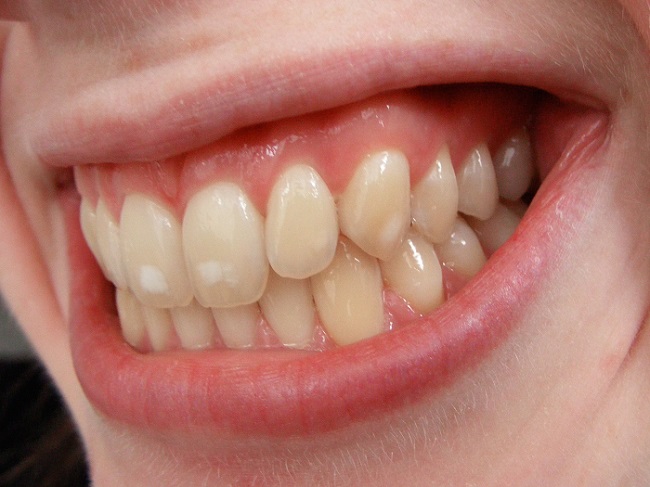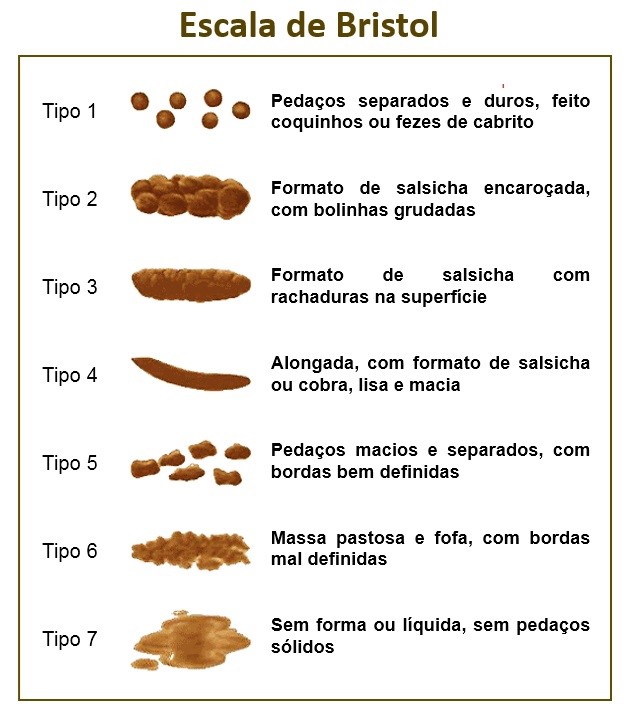Does Tea Stain The Teeth

The age-old question that has plagued tea enthusiasts for centuries: does tea stain the teeth? The answer, much like a good cup of tea, is complex and multifaceted. To truly understand the relationship between tea and tooth staining, we must delve into the world of chemistry, oral health, and the intricacies of tea itself.
First, let’s examine the culprit behind tooth staining: chromogens. These are highly pigmented molecules that can bind to tooth enamel, causing discoloration. Tea, particularly black tea, contains a plethora of chromogens, including tannins, theaflavins, and thearubigins. These compounds are responsible for the rich, dark color of tea and, unfortunately, can also contribute to tooth staining.
However, tea is not the sole perpetrator of tooth staining. Other factors, such as poor oral hygiene, genetics, and diet, can also play a significant role. For instance, individuals who consume tea regularly but maintain good oral hygiene habits may be less likely to experience tooth staining than those who neglect their dental care.
Now, let’s explore the different types of tea and their potential for staining teeth. Black tea, as mentioned earlier, is the most likely to cause staining due to its high chromogen content. Green tea, on the other hand, contains fewer chromogens and may be a better option for those concerned about tooth staining. Herbal teas, which are not made from tea leaves at all, are generally the safest choice.
But what about the brewing process? Does the way we prepare our tea affect its staining potential? The answer is yes. Tea that is brewed for a longer period or with hotter water can release more chromogens, increasing the risk of tooth staining. Additionally, adding milk or sugar to tea can also contribute to staining, as these substances can provide a conduit for chromogens to bind to tooth enamel.
So, what can tea enthusiasts do to minimize the risk of tooth staining? Here are a few tips:
- Practice good oral hygiene: Regular brushing and flossing can help remove chromogens from the teeth and prevent staining.
- Use a straw: Drinking tea through a straw can help bypass the teeth and reduce the amount of chromogen exposure.
- Choose a lighter brew: Brewing tea for a shorter period or using cooler water can reduce the amount of chromogens released.
- Rinse with water: After consuming tea, rinsing the mouth with water can help remove any remaining chromogens.
In conclusion, while tea can stain the teeth, it is not the only factor at play. By understanding the chemistry behind tooth staining and taking steps to minimize exposure, tea enthusiasts can enjoy their favorite beverage without worrying about the consequences.
Key Takeaways
- Tea, particularly black tea, contains chromogens that can cause tooth staining.
- Poor oral hygiene, genetics, and diet can also contribute to tooth staining.
- Different types of tea have varying levels of chromogens, with herbal teas being the safest choice.
- The brewing process can affect the staining potential of tea, with longer brewing times and hotter water increasing the risk.
- Practicing good oral hygiene, using a straw, and choosing a lighter brew can help minimize tooth staining.
According to a study published in the Journal of Dental Research, the anti-cariogenic properties of tea may help protect against tooth decay, despite its potential for staining. This highlights the complex relationship between tea and oral health.
Historical Context
Tea has been consumed for centuries, with records of its use dating back to ancient China. Over time, tea has become an integral part of various cultures, with different regions developing their unique brewing methods and traditions. The question of whether tea stains the teeth has been a concern for many of these cultures, with various remedies and techniques being developed to mitigate this effect.
Decision Framework
If you’re a tea enthusiast concerned about tooth staining, consider the following decision framework:
- Assess your oral hygiene habits: If you have poor oral hygiene, focus on improving your brushing and flossing habits before worrying about tea staining.
- Choose a tea type: Select a tea with lower chromogen content, such as green tea or herbal tea.
- Adjust your brewing method: Brew your tea for a shorter period or use cooler water to reduce chromogen release.
- Consider a straw: If you’re concerned about staining, try drinking tea through a straw to bypass your teeth.
- Consult a dentist: If you’re still concerned about tooth staining, consult with a dentist to determine the best course of action.
Future Trends
As our understanding of the relationship between tea and oral health evolves, we can expect to see the development of new products and techniques aimed at minimizing tooth staining. For instance, tea companies may begin to market “low-chromogen” teas or develop specialized brewing methods that reduce the risk of staining. Additionally, advancements in oral health technology may lead to the creation of new toothpastes or mouthwashes designed specifically to combat tea staining.
How can I remove tea stains from my teeth?
+To remove tea stains from your teeth, try using a toothpaste specifically designed to combat staining. You can also attempt to remove stains with a mixture of baking soda and water or by using a straw to drink tea. However, if the stains persist, consult a dentist for professional cleaning and advice.
Can I still enjoy tea if I have sensitive teeth?
+Yes, you can still enjoy tea if you have sensitive teeth. Consider using a straw to drink tea, as this can help bypass your teeth and reduce sensitivity. You can also try choosing a tea with lower chromogen content or brewing your tea for a shorter period to minimize the risk of staining.
By understanding the complex relationship between tea and tooth staining, tea enthusiasts can enjoy their favorite beverage while maintaining good oral health. Whether you’re a fan of black tea, green tea, or herbal tea, there are steps you can take to minimize the risk of staining and keep your teeth healthy and strong.
